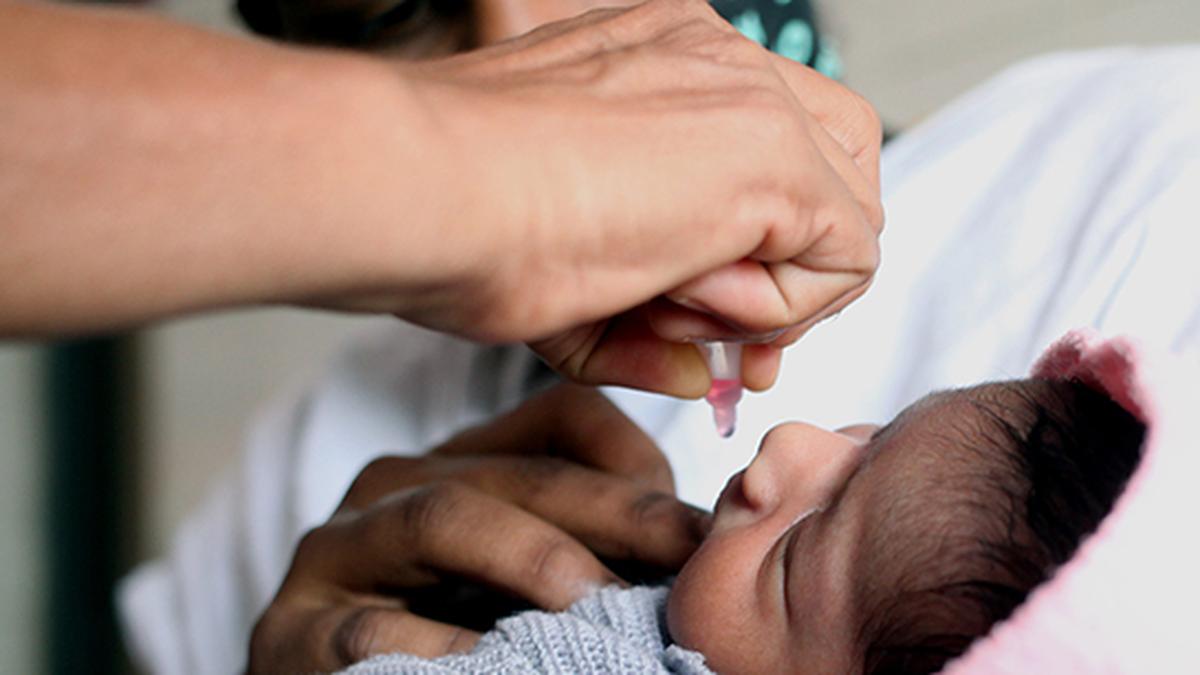World nearly beat polio but fake records, imperfect vaccine, missteps aided its comeback

Polio Resurgence: Challenges in Eradication Amid Mismanagement, Misinformation, and Vaccine Limitations
Context:
- Polio eradication efforts, led by WHO and the Global Polio Eradication Initiative (GPEI) since 1988, have nearly succeeded several times, but resurgence continues in Afghanistan and Pakistan, the last endemic countries.
- After hitting a low of five wild poliovirus cases in 2021, reported cases rose to 99 in 2024, reflecting setbacks in eradication efforts.
- Campaigns have vaccinated over 3 billion children, preventing an estimated 20 million cases of paralysis, yet operational, strategic, and societal challenges persist.
Core Issue / Concept:
- Polio is highly infectious, affects children under five, and can cause irreversible paralysis within hours.
- Eradication requires >95% coverage and zero wild poliovirus cases.
- Current setbacks arise from a combination of:
- Mismanagement (falsified vaccination records, untrained staff, improper storage).
- Oral vaccine limitations (rare vaccine-derived polio cases).
- Cultural resistance, misinformation, and security threats.
Key Data / Facts:
- Polio remains endemic in Afghanistan and Pakistan, with 45 million children to be vaccinated in Pakistan and 11 million in Afghanistan annually.
- Oral polio vaccine (OPV) can rarely cause paralysis (1 in 2.7 million first doses).
- Vaccine-derived poliovirus causes several hundred cases annually; nearly all global polio cases outside Afghanistan and Pakistan are vaccine-derived.
- Over $20 billion spent globally on GPEI; annual polio-specific budget ≈ $1 billion.
- More than 200 health workers and security personnel have been killed in Pakistan for their participation in polio campaigns.
Challenges / Concerns:
- Operational mismanagement: Improper cold-chain maintenance, fake finger marking, incomplete coverage, unqualified vaccinators.
- Cultural and religious mistrust: Local populations resist vaccination due to misinformation (sterilization myths, fertility concerns, anti-Western sentiment).
- Security risks: Door-to-door campaigns expose workers to threats from militants.
- Strategic rigidity: Heavy reliance on OPV, limited consideration of injectable polio vaccine (IPV) due to cost and logistics.
- Global aid dependency: Declining international support (e.g., U.S. withdrawal from WHO funding) may impact program sustainability.
Implications / Significance:
- Polio eradication delays maintain the global risk to children everywhere.
- Strategic missteps highlight the need for adaptive, locally sensitive approaches in endemic regions.
- Vaccine-derived outbreaks underscore the necessity of transitioning to injectable vaccines while OPV remains in use.
- Persistent misinformation and mistrust threaten broader immunisation and public health goals in the region.
Way Forward / Recommendations:
- Strengthen local community engagement, trust-building, and culturally appropriate messaging.
- Improve vaccine delivery logistics, cold-chain management, and monitoring systems.
- Consider strategic transition from OPV to IPV where feasible, with trained personnel.
- Address operational accountability, including transparent reporting, staff training, and program evaluation.
- Integrate polio eradication with broader health services to increase public acceptance and address other urgent health needs.
- Conduct public inquiries into past missteps to restore credibility and ensure corrective action.
Updated - August 05, 2025 04:59 pm | The Hindu